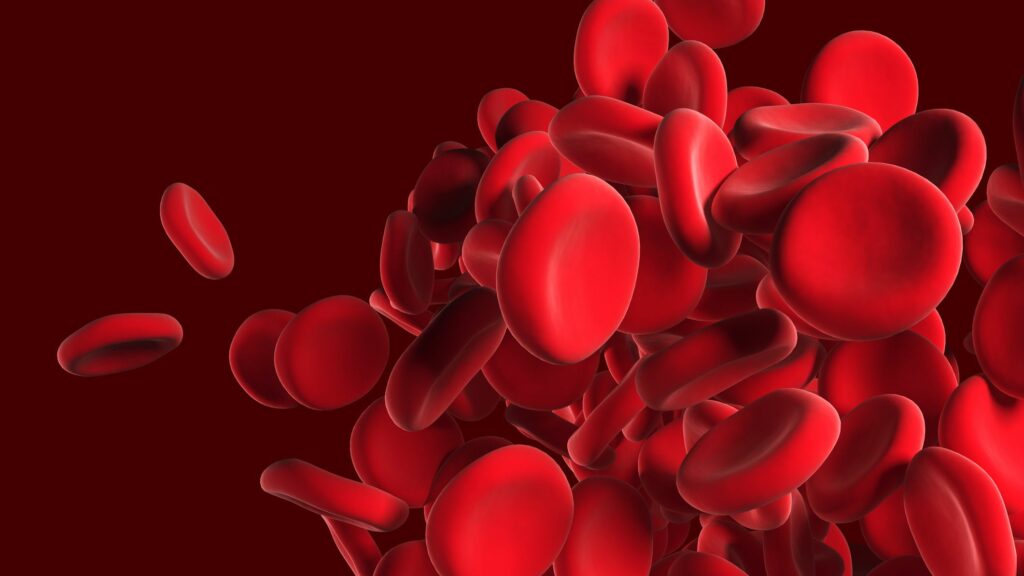
What you need to know about Living with the Low Platelets Count?
A low platelet count means that your body has a deficiency in the cells that undertake the process of blood clotting. This condition is known as thrombocytopenia which can be caused by infections, inflammations and autoimmune diseases. In a few uncommon cases, it can also be caused due to the genetics of an individual.
In this article, we will talk about living with low platelet count and some other things to help you understand this condition.
What are platelets?
Platelets are that component of your blood that is responsible for repairing damaged tissue. They play an extremely crucial role in stopping bleeding and healing wounds by forming blood clots over the wound.
You see that reddish-brown cover after the bleeding stops, that is what platelets do. They are present in a person’s blood and spleen.
Symptoms of low platelets
When someone has a low platelet count, they can show a variety of symptoms. In many cases, people with mild thrombocytopenia may not show too many symptoms. Nevertheless, the following are some major symptoms of low platelets:
- Frequent nosebleeds
- Bleeding gums
- Blood in stool, urine or vomit
- Bruising easily
- Heavy menstrual periods
- Rectal bleeding
- Petechiae [reddish-purple spots usually on lower legs that resemble a rash]
- Cuts bleeding out for drawn-out periods
- Fatigue
- Expanded spleen
- Joint pain, usually in the knees and hips
- Headaches
- Blood while coughing
- Dizziness
- Blurred vision
Ranges in platelet count
You can get your platelets calculated with an MPV blood test i.e. a Mean Platelet Volume test. The count is measured in µl and the normal platelet count is 150,000 to 450,000 platelets /µl.
The platelet count of females can differ faintly during their menstrual periods or pregnancy, usually towards the end.
The following are the ranges that are below the optimum level:
- Below 50,000 µl but over 20,000 µl – you will face increased and prolonged bleeding when an injury occurs.
- Below 20,000 µl but over 5,000 µl – bleeding may happen without any sign of injury.
- Below 5,000 µl – this is a life-threatening condition where unprompted bleeding may happen
Managing low platelets
Thrombocytopenia is a condition that requires utmost care and concern. In many cases, the victim may have to stay with the condition throughout their life taking help from treatments and medication. In such cases, one needs to know how to live with a low platelet count and make changes accordingly in their life.
Following are some of those changes that you can implement to make peace with this condition:
- Taking great care to avoid bumps, sharp objects and other things that could cause cuts, nicks or bruises.
- Using an electric razor instead of the standard one to avoid cuts
- Do not get in
- Take care while brushing your teeth [you should use an extra-soft toothbrush].
- Taking care while blowing your nose.
- Rinse water with ice water a few times if it starts bleeding.
- Minimising the consumption of alcohol as it damages the liver and slows the production of platelets.
- Avoiding medicines that thin your blood such as aspirin, Naprosyn, ibuprofen and more.
- Taking care while using sharp objects such as knives, blades, scissors, cutters and more.
- Avoiding contact sports such as wrestling, boxing or football may cause bruises.
- Avoid flossing your teeth when your platelet count is low.
When it bleeds
You can take all the care in the world and still manage to squeeze in a mess up. Which is okay, we all make mistakes. Following are some of the pointers you need to keep in mind whenever you start bleeding:
- Call your doctor as soon as possible.
- Stay calm and do not panic.
- Put pressure [preferably an ice pack] over the bleeding area.
- If the bleeding is occurring on your arm or your leg, lift the part above the level of your heart to slow down the bleeding.
- If you are nose bleeding, bend your head forward to avoid it from dripping down your throat. Shut off your nose and stay in the position for 5 minutes and release. [an ice pack on the neck would also help].
- If you are bleeding vaginally, use sanitary pads instead of tampons to note any clots in the blood.
- If you see blood in your urine, call your doctor and increase your intake of fluids.
- If you see blood in your vomit, call your doctor immediately.
Conclusion
That was all you needed to know about living with low platelet count in a situation called thrombocytopenia. You can get your platelets checked with a platelet count test. We discussed the role of platelets in our bodies, symptoms of low platelets, what are the ranges in the condition, how you can manage your life around it and lastly, what to do when you start to bleed.
With a solid foundation in technology, backed by a BIT degree, Lucas Noah has carved a niche for himself in the world of content creation and digital storytelling. Currently lending his expertise to Creative Outrank LLC and Oceana Express LLC, Lucas has become a... Read more